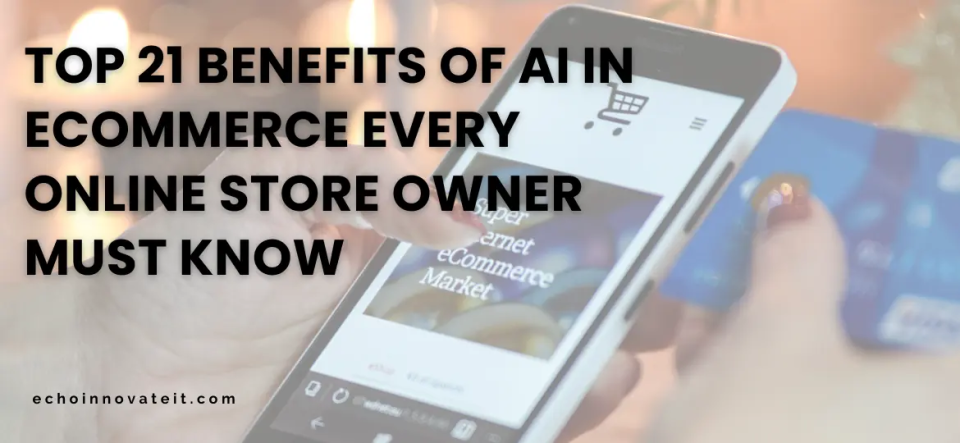It’s no secret that online food ordering has exploded in popularity among consumers everywhere. Customers now value convenience, so restaurants, supermarkets, and other retailers like Just Eat Business Model regularly expand their delivery services.
This establishes a separate market for home delivery services. But diners often like freshly prepared dishes that still have their warmth. Something they can grab on their own when out and about or at a drive-thru and eat right away.
And here is when takeaway services come into the picture. Both food delivery and takeout are quite popular right now. There are plenty of openings for new food delivery businesses in today’s industry.
Food Delivery Statistics
ResearchandMarkets.com predicts that the food ordering and delivery platform will be worth $192.16 billion by 2025, growing at a compound annual growth rate (CAGR) of 11% between 2015 and 2025. So, let’s learn more about the Just Eat Business model for takeaways.
What Is Just Eat And How Does It Work?

Currently rebranded as Eat Takeaway, Eat is an online marketplace that connects customers with delivery restaurants. The portal is available in 24 countries and has partnered with over 580,000 independent eateries.
Just Eat acts as a go-between for its customers and the restaurants they buy from, handling everything from initial search and filtering through final payment and (occasionally) delivery.
Some of the restaurants that collaborate with Just Eat have their own delivery teams, while for others, the company partners with third-party delivery services. These freelancers (often called couriers) get payment per-order basis (on top of the tips they receive). A separate app for couriers handles the order-taking and delivery processes. You may use Eat by going to one of its websites or installing one mobile app.
What is the Just Eat Business model?

Everyone is concerned about the “Just Eat business Model.” If you are interested, then read the points given below:
Unlike its competitors UberEats and DoorDash, JustEat has a different business model. UberEats business model is a three-sided marketplace business model. While Doordash business model is similar to UberEats and is called the Y-structure business model.
- JustEat's business model is based on a restaurant commission for every order made via the website.
- JustEat's target demographic consists mostly of urban millennials and hard-working professionals in the city searching for a quick and easy method to place an online meal order.
- As a partner, JustEat helps local eateries reach more customers and simplify delivery and takeout procedures.
- The JustEat app and website facilitate the ordering process by allowing users to peruse menus, make orders, and monitor their delivery status.
- Regarding delivery, JustEat works with local delivery services or hires its drivers directly, depending on the location.
- JustEat puts a lot of money into advertising to gain new consumers and keep the ones it already has. Television commercials, online promotions, and customer appreciation plans all fall under this category.
- JustEat uses cutting-edge tech to streamline its business processes, such as by using an algorithm to pair diners with the finest nearby eateries according to their specific dietary needs and other criteria.
- To meet the rising demand for online meal delivery, JustEat has extended its operations to various nations, including the United Kingdom, Canada, Australia, and Europe.
- To develop its business, JustEat plans to strengthen relationships with more restaurants, upgrade its technology, and improve its marketing efforts.
How does JustEat monetize its services?

Just Eat generates revenue from various sources, including commissions from participating restaurants, delivery fees, delivery and service fees, sponsored placements, goods and packaging sales, and interchange fees.
In this part, we’ll examine the many ways in which Just Eat makes money.
Commissions from Restaurants
Just Eat Takeaway makes money mostly from the commission restaurants pay for each order placed via the service. Many variables, such as the restaurant’s location and negotiation ability, influence the commission rate (a Burger King likely pays much less than a local kebab shop).
Commission costs on Eat Takeaway typically range from 10% to 15%. For every $10 a consumer spends on food, Eat keeps between $1.50 and $2. The final commission rate that eateries pay is determined by the nation in which they are located.
Costs for Delivery and Services
Just Eat Takeaway collects a cut from restaurants, a delivery fee (where a third party handles the delivery), and a service fee. The platform’s shipping fees in the United Kingdom range from free to £4.50, depending on how far the item has to go.
Just Eat charges a further £1.99 for its service fee, which includes payment processing costs and other services.
Promotional Marketing
Promoted placements allow restaurants and other partners on the Just Eat Takeaway platform to increase their visibility. Purchasing a promoted placement guarantees a restaurant a spot in the app’s or website’s first five search results.
Sponsored placements, or the “Cost Per Click” (CPC) model, is how Eat Takeaway makes money. It implies the eatery will have to fork up some change each time a client takes advantage of a deal. Each participating restaurant signs a six-week agreement with Just Eat. The CPC costs are calculated when a budget has been established. When the money runs out, the restaurant will no longer be among the top 5.
Merchandise & Packaging sales
The selling of items and packaging equipment is an additional, if minor, source of revenue for Eat Takeaway. The packaging is used for the delivered food, while the merchandise consists of clothes and accessories for the couriers.
Transaction Costs
Just Eat Takeaway and Adyen, a payment processor for numerous (tech) businesses, announced their cooperation in August of 2021. The two businesses have launched the Takeaway Pay Card, a debit card that can be loaded with money and used to pay for workers’ takeout and delivery meals.
Employees may use the card at any of the thousands of businesses that accept Maestro and Mastercard to buy anything they choose. As with regular debit or credit cards, the merchant is responsible for the interchange charge. The percentage-based interchange charge is around 1%. Adyen and Eat will probably split the money they make together.
What Are The Advantages Of Opening A Platform Like The Just Eat Business Model?

The advantages of the Just Eat Business Model include the following
- By cataloging all the eateries in a specific area that provide takeout service, JustEat saves time for its patrons. This saves its users the trouble of navigating to several external resources. Furthermore, this service facilitates meal ordering by giving restaurant evaluations, enabling customers to place orders from any device (desktop, mobile, or app), saving payment information for speedy checkout, and keeping track of frequent eateries and previous purchases.
- They have also invested extensively in their technology, yielding a solid and scalable infrastructure that remains responsive even during times of high order volume.
- In addition, customers may tailor their experience by selecting delivery or in-store pickup for their orders. They may also pay with cash or a card they already have.
Value Proposition for Restaurants or businesses
The company’s primary value propositions for the restaurants it collaborates with include improved accessibility, convenience, performance, and reduced risk.
- First, JustEat makes it easier for customers to reach the partner restaurants by letting them know which establishments provide takeout. Customers who either don't want to or can't make the trip to the restaurant may patronize it via this method. In addition, the service gives eateries access to evaluations written by their patrons.
- The startup simplifies things since it takes eateries a few minutes to sign up for the service. They also get the option of accepting credit card payments through their website.
- Furthermore, JustEat performs admirably since it increases restaurants' order volume compared to when consumers just used the phone to place orders. At peak periods, the platform can handle 2,500 orders per minute. In addition, the volume of orders placed online is typically 25% larger than those sent by telephone.
- Finally, JustEat mitigates the restaurants' financial exposure by providing a money-back guarantee. The registration cost will be fully reimbursed if the restaurant cannot profit from the order during the first six months of operation.
Wrapping it up!!
Overall, the “Just Eat” business model has changed the face of the food industry by streamlining the ordering process for clients and allowing them to choose their preferred eateries. Restaurants may expand their client base, boost revenue, and enhance the dining experience by teaming up with Eat.
Restaurants may make use of the platform’s wealth of data analytics and marketing capabilities to get a deeper understanding of their clientele. The Just Eat business model is expected to maintain a large presence in the online meal delivery market as its popularity grows.
Echoinnovate IT is the top mobile app development company in India. We hold over a decade of experience in developing and delivering food delivery app solutions for global clients.
If you want to build a restaurant app like JustEat, reach out to us at Info@echoinnovateit.com to get a free consultation or a quote.
FAQs
How Does JustEat Generate Revenue For Itself?
The website makes money by charging a commission charge to participating restaurants for every order made. The cost is normally 14-20% of the total order value but may vary from restaurant to restaurant and area to region.
Is The Quality Of The Meal Guaranteed By Eat?
Just Eat is a platform that links clients with local eateries; they do not handle meal preparation or delivery themselves. Nonetheless, users may share their opinions on the quality of each restaurant’s offerings by leaving reviews and ratings on the site.
Does JustEat Allow Clients To Check The Status Of Their Delivery?
Customers may monitor the progress of their delivery using the Just Eat app. The site may track the order’s progress and expected delivery date in real-time.
Does JustEat Have A Help Desk For Customers?
Customers and businesses alike may contact Eat’s helpful staff for assistance. Consumers may reach Eat’s support staff through the website or mobile app, while restaurants can use the restaurant portal to contact the company.
Does JustEat Operate In Every Country?
Many European nations and the United Kingdom are the only ones where you can use Eat. But, the platform’s reach is always growing, so it may become accessible in more nations shortly.



